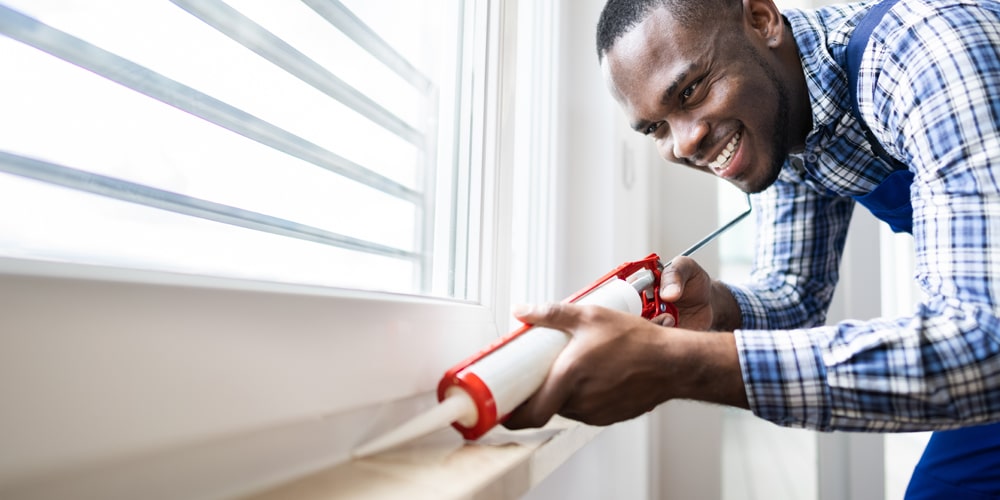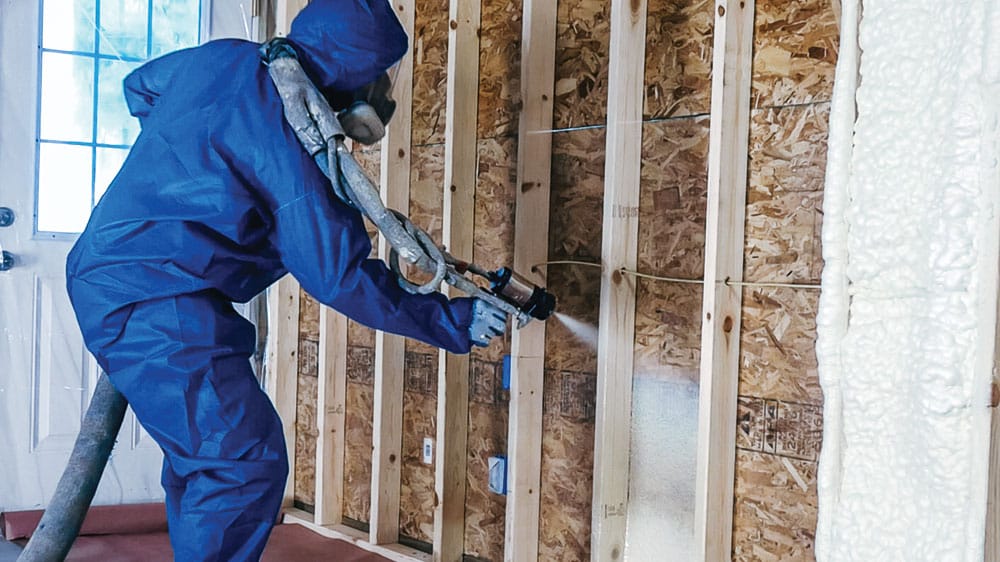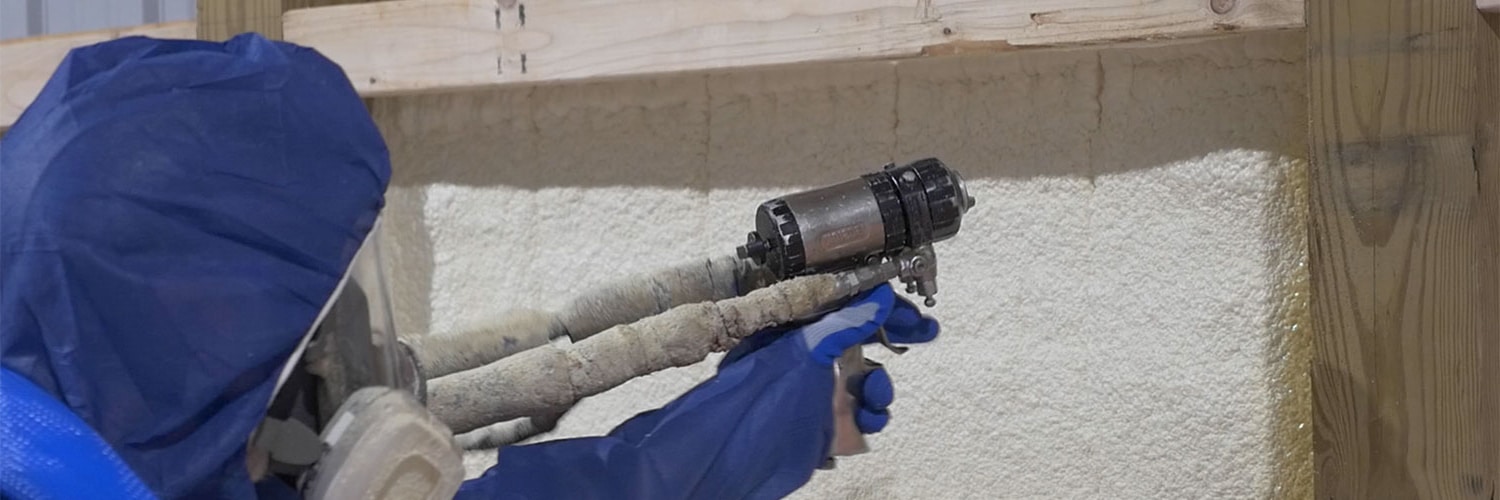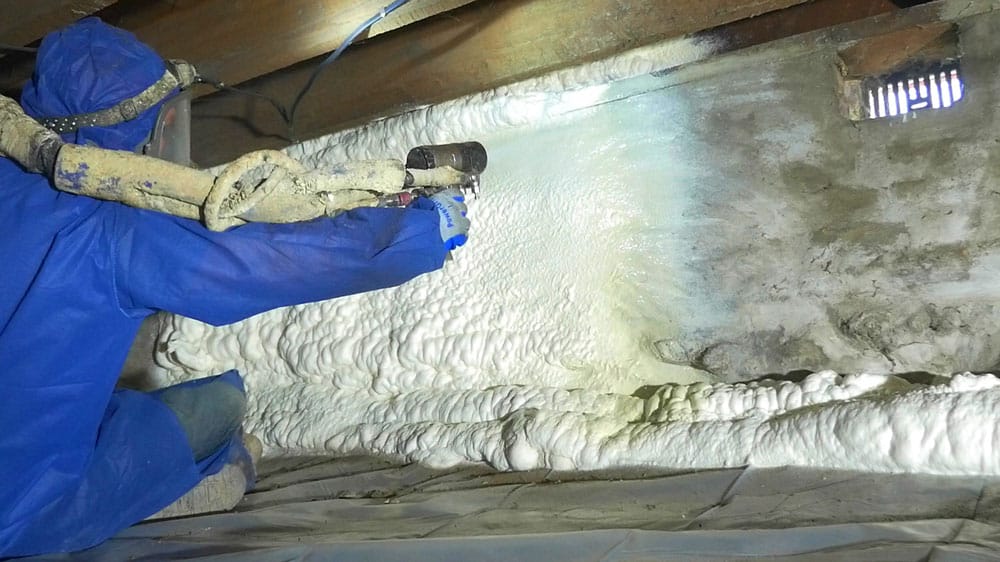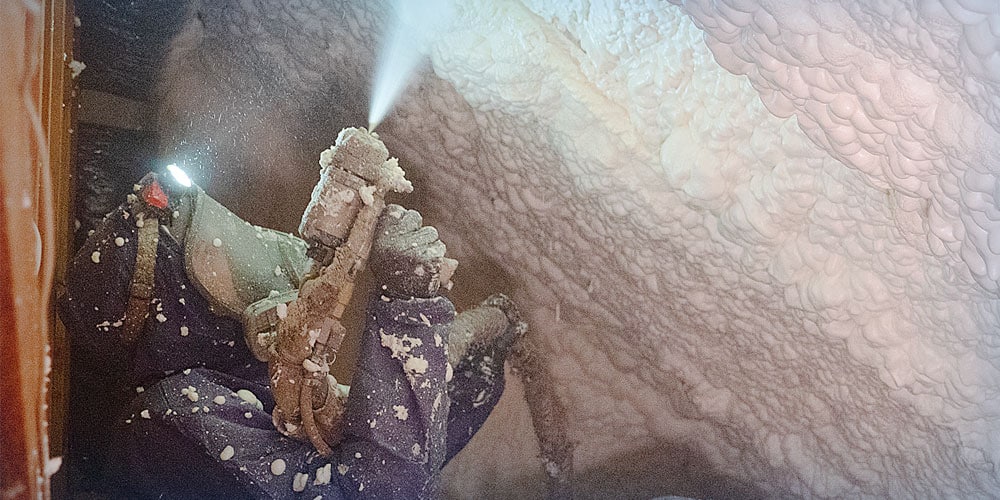Opening your monthly energy bill can feel like a horror movie coming to life.
Why? Because those energy costs can be really scary as rates have skyrocketed over the years, doubling or even tripling, and those high bills can take a serious toll on your finances.
So, what’s running your electric bill up the most? How can you reduce the amount of electricity you use, and what are the simple tricks to cut that bill down to size?
At RetroFoam of Pittsburgh, we’ve helped thousands of homeowners create more energy-efficient and comfortable homes. Let’s dive into practical, effective ways to lower your energy bills and keep your heating and cooling costs under control.
Why are Energy Bills So High?
Before we talk solutions, let’s understand the problem.
High energy bills often result from a mix of factors: inefficient appliances, poor insulation, and wasteful habits. Add in extreme weather and energy vampires (we’ll explain those later), and it’s no wonder your bills keep climbing.
Luckily, there are plenty of steps you can take to reduce energy costs and create a more efficient home.
How to Lower Your Energy Bill
Here are some simple yet powerful changes you can make to cut your energy bill and keep your home comfortable year-round.
Use a Programmable Thermostat
A programmable thermostat is a game-changer when it comes to lowering heating and cooling costs.
The U.S. Department of Energy recommends setting your thermostat back 7 to 10 degrees for 8 hours a day to save up to 10 percent on your energy bill.
- Winter: Set your thermostat to 68 degrees Fahrenheit when you’re home and lower it when you’re asleep or away.
- Summer: Air for 78 degrees when you’re home and higher when you’re out.
This simple trick not only saves money but also takes the hassle out of constant adjustments.
Lower the Temperature on Your Water Heater
Your water heater might be secretly driving up your energy bill.
Most water heaters are set to 140 degrees by default, but lowering it to 120 degrees is plenty for daily use.
Pro Tip: If you’re heading out of town for an extended period, turn your water heater off to avoid wasting energy while you’re away.
Avoid Leaving Electronics on Standby
Electronics like gaming consoles, computers, and TVs use energy even when they’re in standby mode.
These “energy vampires” account for more than 10 percent of the average household’s electric bill, according to the DOE.
Unplug devices when they’re not in use or invest in smart power strips to automatically cut power to items in standby mode.
Was Clothes in Cold Water
Your washing machine uses a lot of energy to heat water.
By switching to cold water, you’ll reduce the energy used during laundry cycles without sacrificing cleanliness.
Bonus Tip: Air-drying clothes when possible saves even more energy.
Upgrade to Energy-Efficient Lighting and Appliances
Lighting and appliances account for a large chunk of your energy usage.
Here’s how to tackle them:
- Switch to LED or CFL Bulbs: These use 75 percent less energy and last 10 to 25 times longer than traditional incandescent bulbs.
- Energy Star Appliances: When replacing major appliances like refrigerators, dishwashers, or washing machines, look for Energy Star ratings to ensure maximum efficiency.
Run and Clean Appliances Efficiently
Even the most energy-efficient appliances won’t save you money if they’re not well-maintained.
- Lint Filters: Clean the lint filter in your dryer regularly to improve airflow and efficiency.
- Air Filters: Replace HVAC filters every 1 to 3 months to keep your heating and cooling systems running smoothly.
Seal Leaks Around Doors and Windows
Air leaks around doors and windows are a major culprit behind high heating and cooling costs.
Sealing these leaks with spray foam or weatherstripping can help keep conditioned air inside your home.
DIY Tip: Remove window and door frames to check for gaps, and fill them with spray foam insulation for a tight seal.
Insulate Your Home to Keep Energy Bills Low
Insufficient or outdated insulation is one of the biggest reasons homes lose energy.
RetroFoam insulation creates an air seal that prevents air leaks and keeps your home comfortable year-round.
Unlike fiberglass or cellulose, foam insulation expands to fill every nook and cranny, making it the best option for maximizing energy efficiency. Whether you’re insulating walls, attics, or crawl spaces, foam insulation can significantly reduce heating and cooling costs.
What Runs Your Electric Bill Up the Most?
While the steps above can make a difference, keep in mind that heating and cooling typically account for about 50 percent of your energy bill.
Other big contributors include water heating, lighting, and appliances.
Creating an Energy-Efficient Home
By following these tips, you can cut down on energy usage, lower your heating and cooling costs, and create a more comfortable home.
Whether it’s using a programmable thermostat, upgrading to foam insulation, or simply washing clothes in cold water, every small step adds up.
Imagine what you could do with the money you save – whether it’s tackling a home improvement project, going on a family vacation, or just enjoying the peace of mind that comes with a lower energy bill.
Ready to take the next step? Contact us to learn how foam insulation can help you reduce your energy bills and keep your home comfortable year-round.

